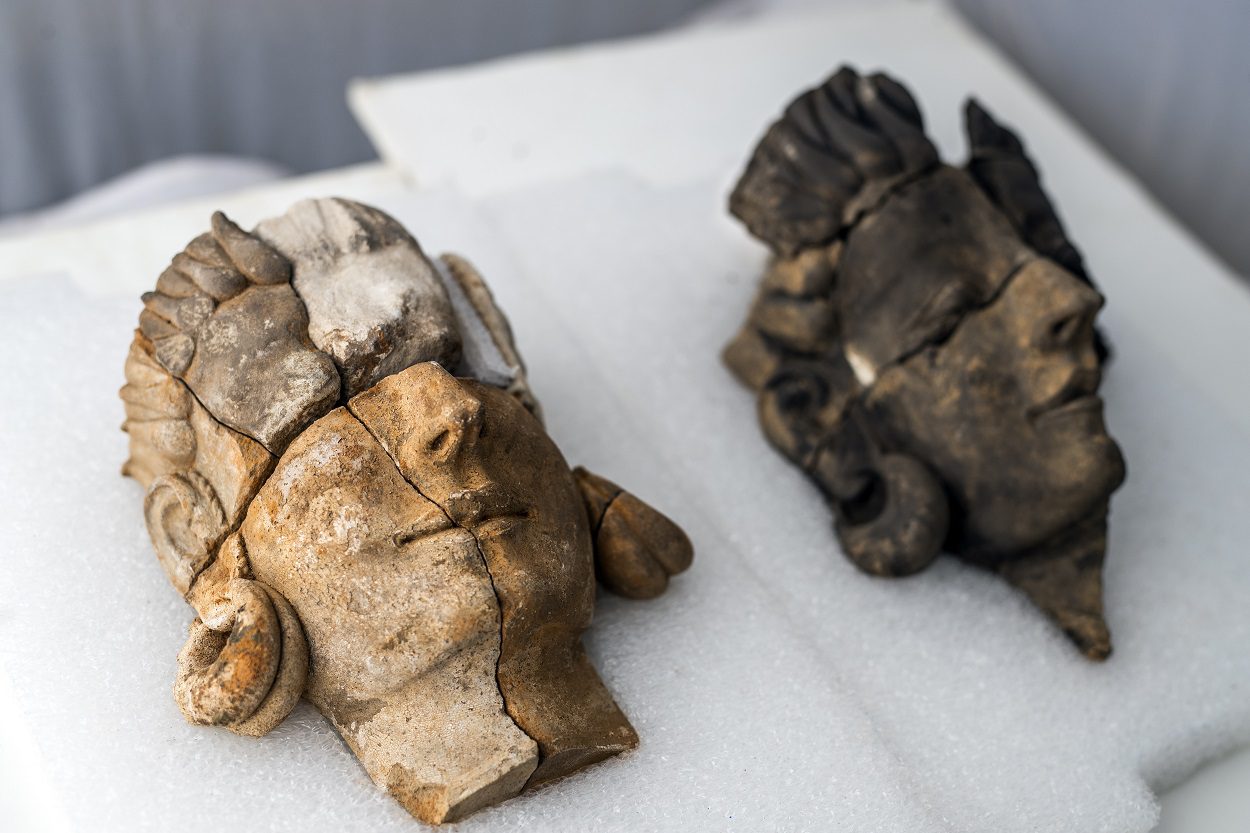Archaeologists excavating at the site of Casas del Turuñuelo have uncovered the first human representations of the ancient Tartessos people.
The Tartessos culture emerged during the Late Bronze Age in the Southwest Iberian Peninsula of Spain. The culture is characterised as having a mixture of local Paleo-Hispanic and Phoenician traits, while speaking a now extinct language called Tartessian.
The Tartessos people were skilled in metallurgy and metal working, creating ornate objects and decorative items. Characteristic Tartessian bronzes include pear-shaped jugs, shallow dish-shaped braziers with loop handles, incense-burners with floral motifs, fibulas and belt buckles.
They are believed to have worshiped the goddess Astarte or Potnia, and the masculine divinity Baal or Melkar. This was due to acculturation by their Phoenician trading partners.
A press release issued by the Higher Council for Scientific Research (CSIC) has announced the discovery of figured reliefs depicting human representations during excavations at Casas del Turuñuelo, a Tartessian site in the Province of Badajoz.
The reliefs date from around the 5th century BC and were discovered in the remains of a sanctuary used for the ritual sacrifice of animals. The sanctuary was discovered back in 2017, where archaeologists from the Archaeology Institute of Merida uncovered the remains of 16 horses, 2 bulls, and a pig.
Two of the reliefs appear to be female figures, which the researchers suggest could be representations from the Tartessian pantheon of gods. The three other reliefs are fragmented and in a poorer state of preservation, however, one of them has been identified as a Tartessian warrior.
A spokesman from the CSIC said: “This extraordinary finding represents a profound paradigm shift in the interpretation of the Tartessos people, who are traditionally considered an aniconic culture for representing divinity through animal or plant motifs, or through betilos (sacred stones).”
Higher Council for Scientific Research (CSIC)
Header Image Credit : Samuel Sanchez





